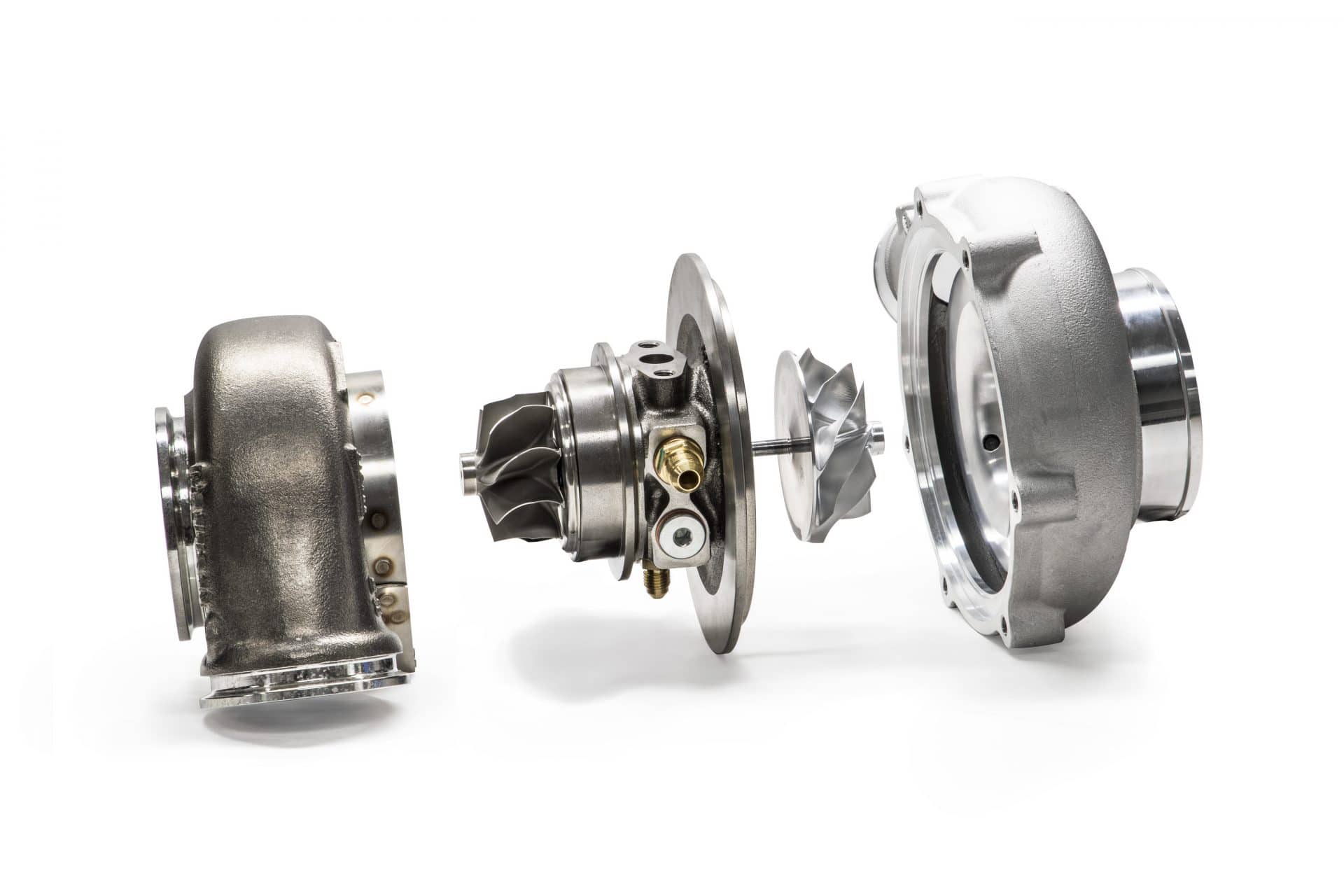Is there a need to define a goal here? I mean, no one likes parts breakage. but what is an acceptable level of breakage? Is 200k and then it can break ok? Or is "never" always the right answer? A number of these cars with turbos would not nearly be as fun as having a larger NA instead under the hood (weight distribution, peak power, mpg).
I got 255k out of the only turbo I owned, and I was kinda glad when it went... 'cuz I could then justify putting in a bigger one. That got 10k OCI's for the first 100k, lengthening out to like 12k at the end. Went back to 10k after that, because I beat on that car like a redheaded stepchild after that.
That got 10k OCI's for the first 100k, lengthening out to like 12k at the end. Went back to 10k after that, because I beat on that car like a redheaded stepchild after that.
In my case the shaft snapped, not sure why, but it clearly sheared between the wheels. Maybe it got lugged too much, I guess it can suddenly spin backwards under some loading conditions?
I got 255k out of the only turbo I owned, and I was kinda glad when it went... 'cuz I could then justify putting in a bigger one.
In my case the shaft snapped, not sure why, but it clearly sheared between the wheels. Maybe it got lugged too much, I guess it can suddenly spin backwards under some loading conditions?

